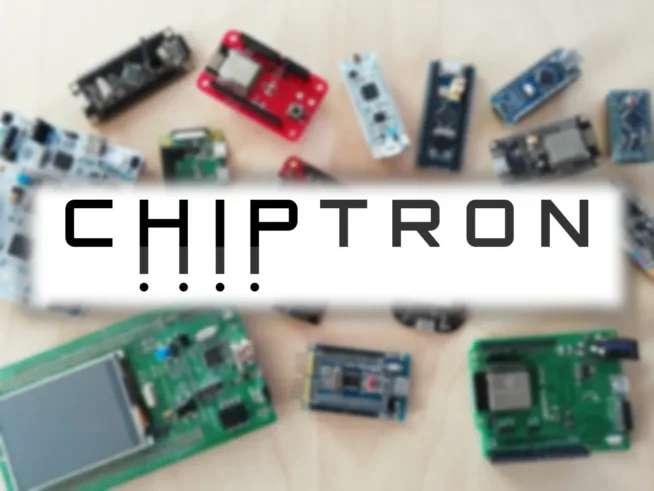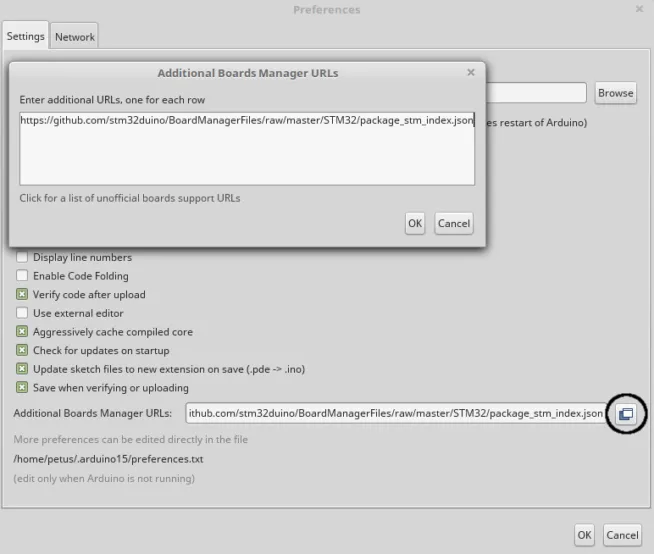Learning how to use STM32 has never been easier. With the new STM32C0 series, STMicroelectronics also comes with nine videos on how to get started with the STM32C0. But the information is also useful for other STM32 series, as many of the peripherals, for example, will be the same or very similar.
You can also use the STM32 in the Arduino IDE. With the STM32duino (what is it?), which I discuss here, it is no problem to use the STM32 with an addressable RGB LED strip or with various sensors like the SHT40 (Adafruit library), SCD41 (Sensirion library), BMP180 and others.
Which I have verified myself.
#dnesbastlim teda kopíruji a vkládám vzorový kód do STM32G071 v Arduino (díky stm32duino).
Vyzkoušel jsem SHT40, BMP180, SCD41, OLED 128×64 (ssd1306) s použitím výchozí I2C1 sběrnice i I2C2.
Všechno funguje a můj 5 let starý návod je stále platnýhttps://t.co/VTKhd6lzNT pic.twitter.com/iTNb2Ov07g— chiptron.cz (@chiptronCZ) June 12, 2023
But back to STM32C0. Apart from Arduino programming you can use classic C. The advantages are countless – smaller code size, understanding how the code works, but also portability or debugging.
STMicroelectronics has prepared a playlist of nine videos on their youtube channel, where the usage is clearly described. In each video you will find out how to flash an LED (such a basic!), use a timer in conjunction with PWM control, use UART, ADC and also DMA transfer, there is also information about RTOS (Real-Time Operating System).
The playlist can be found at https://www.youtube.com/playlist?list=PLnMKNibPkDnG_5q6DLNTMSBo5V24VXUDn
But if you’re missing the necessary hardware and aren’t sure whether to buy it, check out the Wokwi simulator!
This simulator not only supports Arduino Uno, ESP32 but also STM32C031 (and others 😉 )
Wowki has also prepared sample codes for use with I2C display, SPI display and GPIO.
More info at https://docs.wokwi.com/parts/board-st-nucleo-c031c6
But why use STM32C0?
1) Energy efficiency: the STM32C0 microcontrollers are designed to be very energy efficient, making them suitable for battery-powered applications. They have low power consumption in both active and sleep modes, which extends battery life and reduces power requirements.
In shutdown mode, the power consumption is 20nA (wake up via reset or interrupt via selected GPIO)
In standby mode, the value is 8uA, but waking up can already be caused by both GPIOs and possibly a watchdog.
In normal operation the consumption is then 80uA/1MHz, the maximum frequency is 48 MHz.
2) Price: the STM32C0 microcontrollers offer a cost-effective solution for many embedded system applications. They provide a good combination of performance and features at a competitive price, making them suitable for a wide range of projects on a limited budget.
3) Memory options: the STM32C0 microcontrollers offer a variety of memory options, including flash memory for program storage and SRAM for data storage. The amount of memory available varies depending on the specific microcontroller model, allowing developers to select the appropriate option for their application requirements.
4) Rich Peripherals: The STM32C0 series includes a wide range of integrated peripherals such as timers, UART, SPI, I2C, ADC and GPIO to provide flexibility in interfacing with external devices. This rich set of peripherals facilitates development and enables the implementation of various functionalities in embedded systems.
This part of article was generated by ChatGPT.




